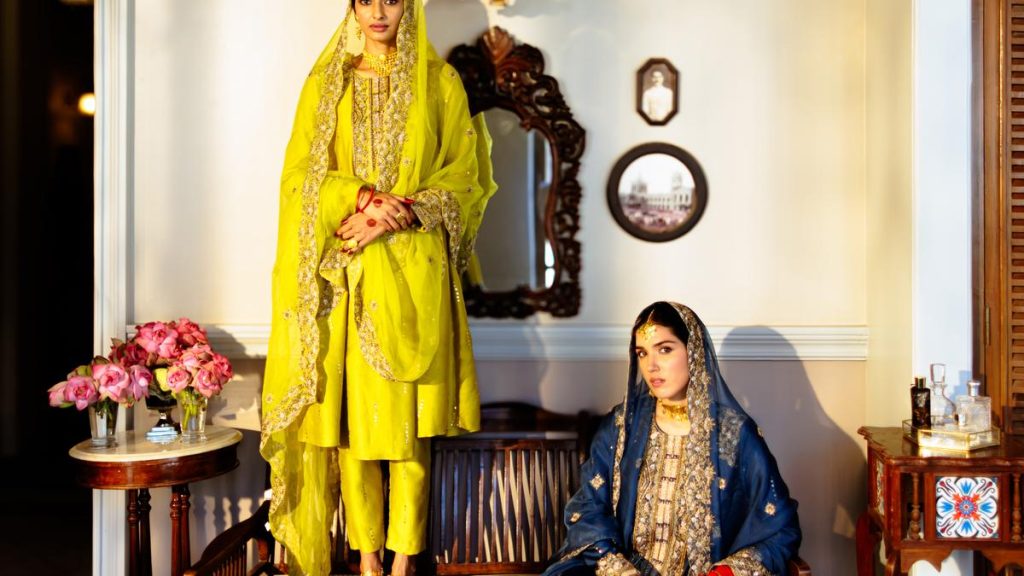
Designs by Payal Singhal
| Photo Credit: Special Arrangement
Design has been an intrinsic part of Payal Singhal’s life, for as long as she can remember. Today, the Mumbai born-and-bred fashion designer is known for giving a contemporary spin to traditional Indian crafts with her eponymous label. Think leather strips used like gota patti, kurtas paired with jogger pants and saris reimagined as jumpsuits. Though her brand turns 25 this year, her journey with fashion began long before her label.
Back to the start
Payal’s grandfather JP Singhal was a renowned painter and photographer while her father Dinesh Singhal owned fashion retail brand, London Fashions. The creative baton was passed on to Payal at an early age, who won the Shoppers Stop Designer of the Year Award when she was 15. A degree from SNDT Women’s University followed, and seven years later Payal was helming her own design house. “I was a young girl from South Bombay trying to find ways to wear my culture in cool ways, and that resonated with others like me,” she says of her early days.
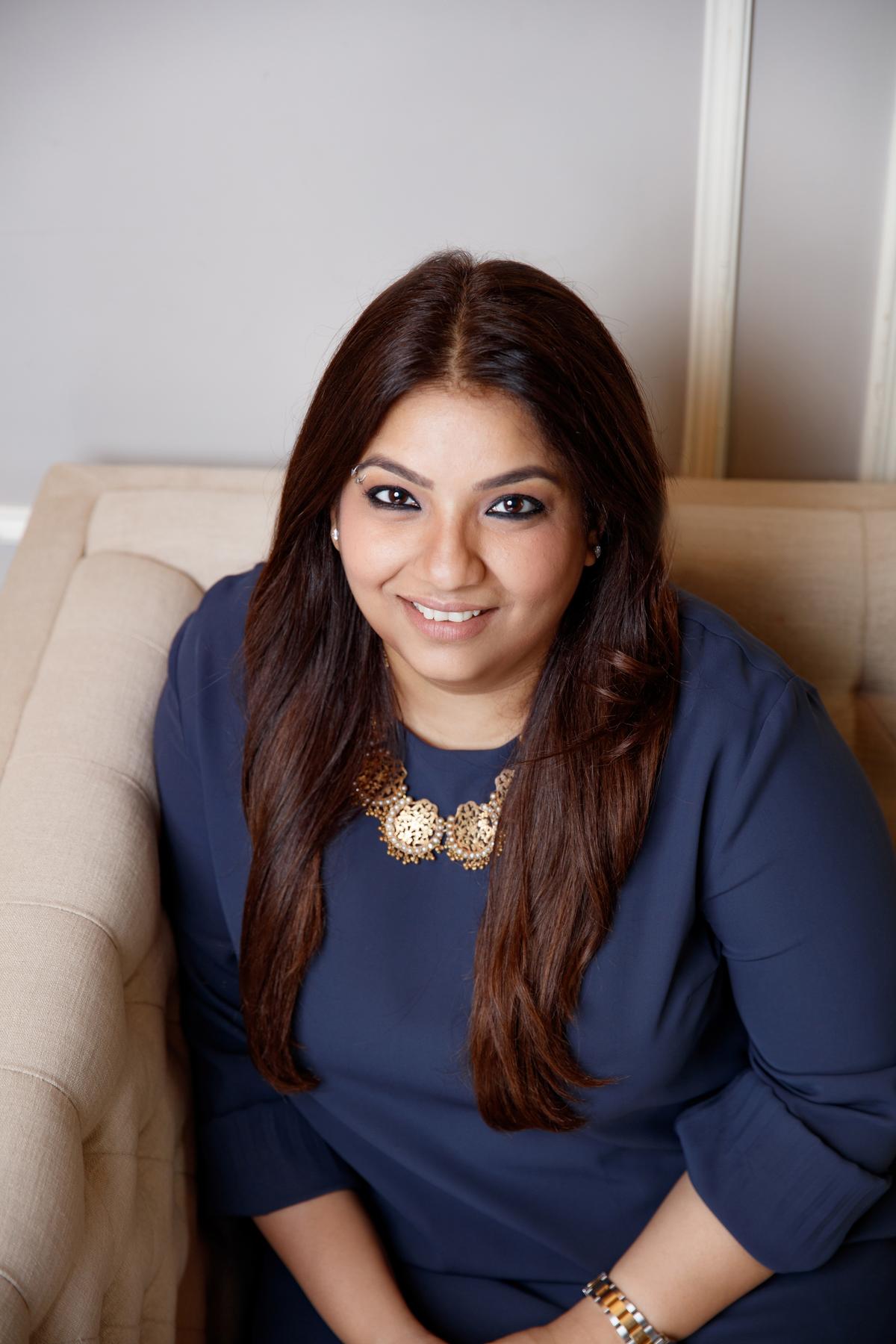
Payal Singhal
| Photo Credit:
Special Arrangement
Not just city girls, but NRIs across South-East Asia showed interest in her brand. “These were Indian girls who were wearing tube tops to clubs, and then they saw our brand that was doing tube kurtas with pants and beaded scarves. They loved it,” reminisces the designer. “You have to remember that 25 years ago, words like ‘global’ and ‘modern’ were not used in the same breath as Indian wear. That blurring of lines may be very common today, but back then, there were very clear demarcations between ethnic and western clothing,” says Payal.
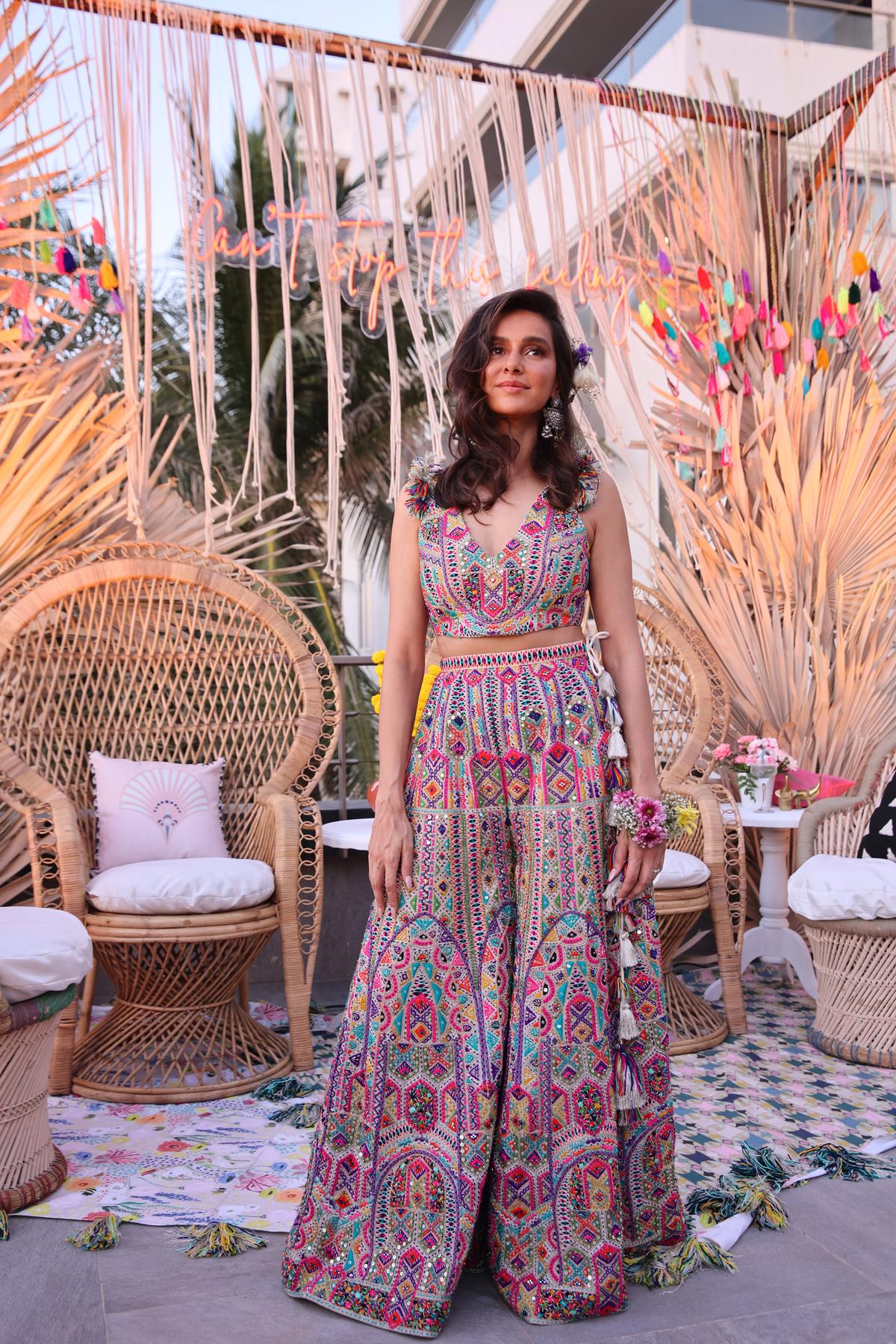
A creation by the designer
| Photo Credit:
The Tilted Lens
Then came a six-year chapter, starting 2004, when Payal moved to New York, in the process strengthening her understanding of global Indian women who have now become a loyal community of customers she fondly calls the PS Girls. Her diaspora audience is still one of her most important markets, making for about 30-40% of her business today.
A new language
“We started disrupting Indian wear without realising it. The brand language emerged very organically, it was never contrived,” says Payal of her label’s ‘India modern’ DNA that has been their party trick for the last 25 years. But do not mistake that with a one-trick pony approach, clarifies Payal. “I don’t think people realise the extent to which our brand focusses on innovation with Indian crafts. And we’ve been at it since the beginning. For instance, back when zardozi was mostly being used as floral patterns, I started creating animal motifs with the technique, mixing materials like nakshi and kora with cords, wool and leather. Married with references from European culture and Mexican folk art.”
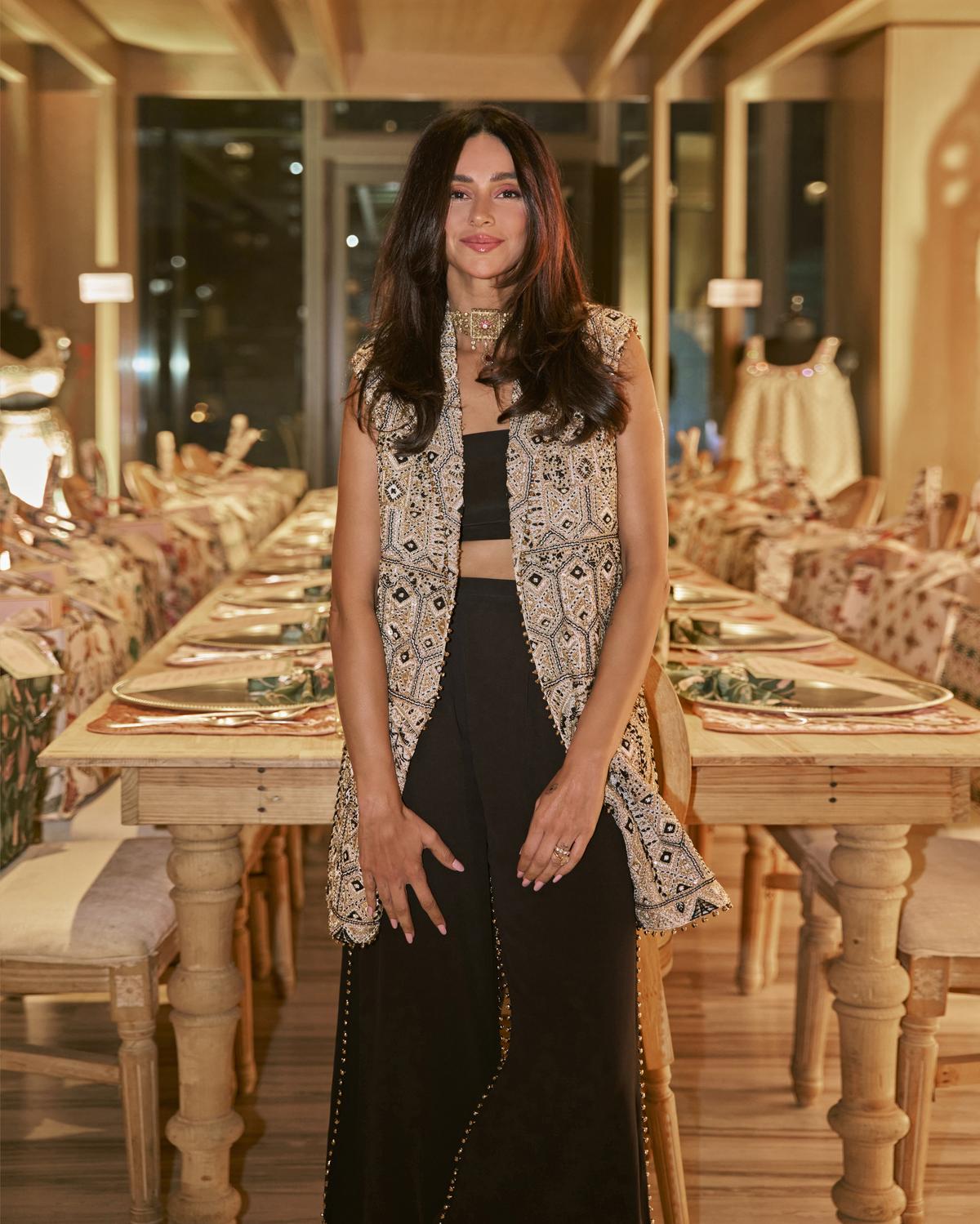
An outfit by Payal
| Photo Credit:
Special Arrangement
Mughal art and architecture remains her enduring love, stamped onto the core of everything she designs. “I got hooked on Mughal culture during school,” and the fascination never quite dwindled. “It’s one of the richest and most robust periods in our cultural history. The way Persian design fused with Rajput and Indian influences to create a new language was the ultimate creative collaboration in my eyes — long before any Gucci and Balenciaga collaboration,” says Payal. Her brand boasts about 20 collaborative lines across footwear, jewellery, beauty and home furnishings with younger homegrown brands. In the process, it has grown from a fashion brand to a lifestyle label.
Making your rules
A great part of continuing to be relevant even a quarter-century later, especially in today’s oversaturated landscape, is not just forward-thinking design, but also the courage to buck the bandwagon. At a time when every designer wants a piece of the wedding day pie, Payal declares that her clothes are not for the bride’s pheras. “It doesn’t come naturally to me and I cannot put out a forced product. I would rather innovate for the pre-wedding functions, and dress the 400 guests at the wedding rather than just focus on the one person,” she says.
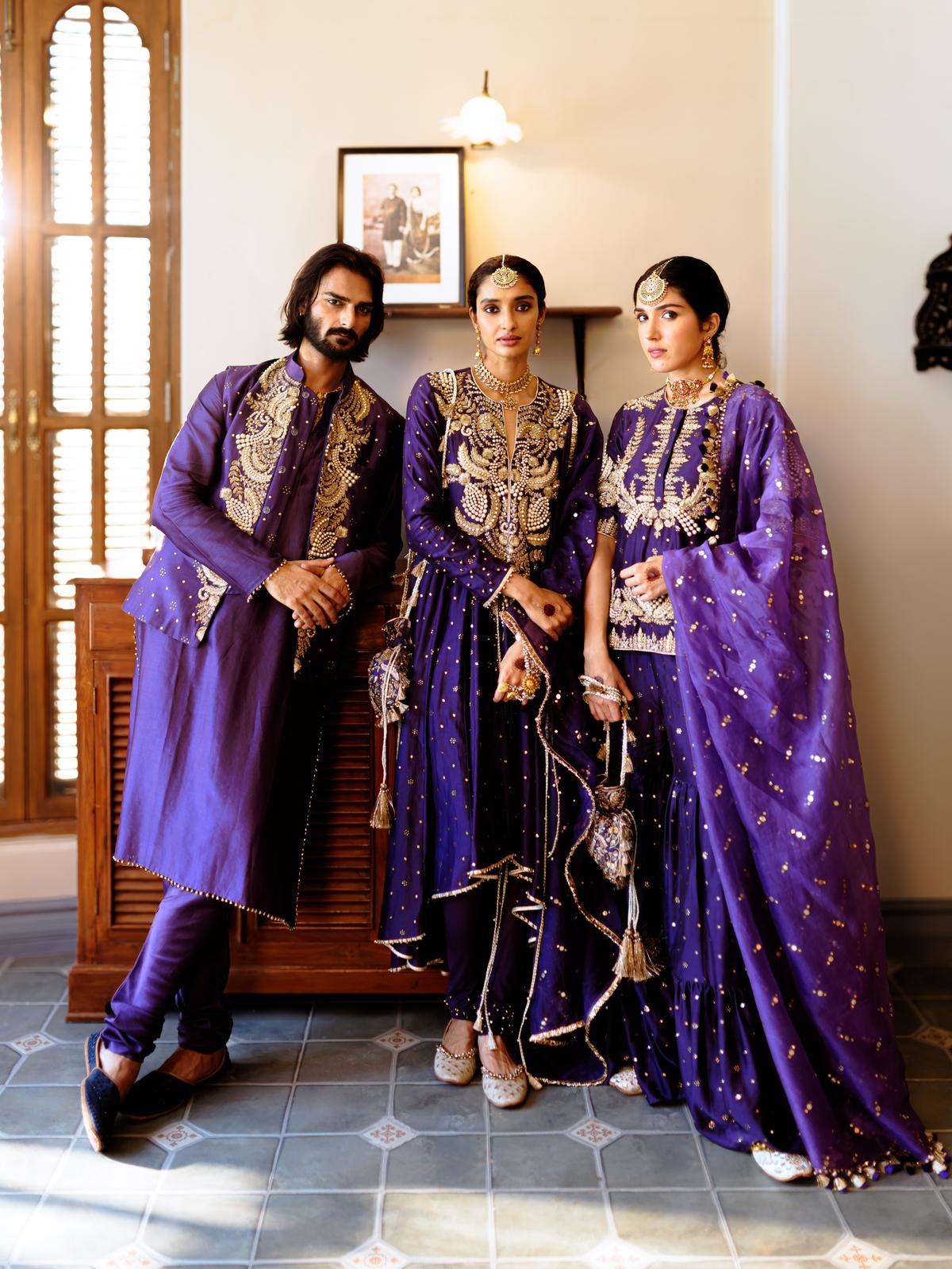
Outfits designed by Payal Singhal
| Photo Credit:
Special Arrangement
Nor is Payal in a rush to jump onto the corporatisation bandwagon. The brand is still family-run — her mother and husband are partners in the business — and it plans to keep the commerce-meets-creativity decision-making in its hands. “At the cost of impacting my own scalability and growth, I’ve very consciously chosen to keep the service of detailed customisations for every single consumer, rather than standardising our occasion wear.”
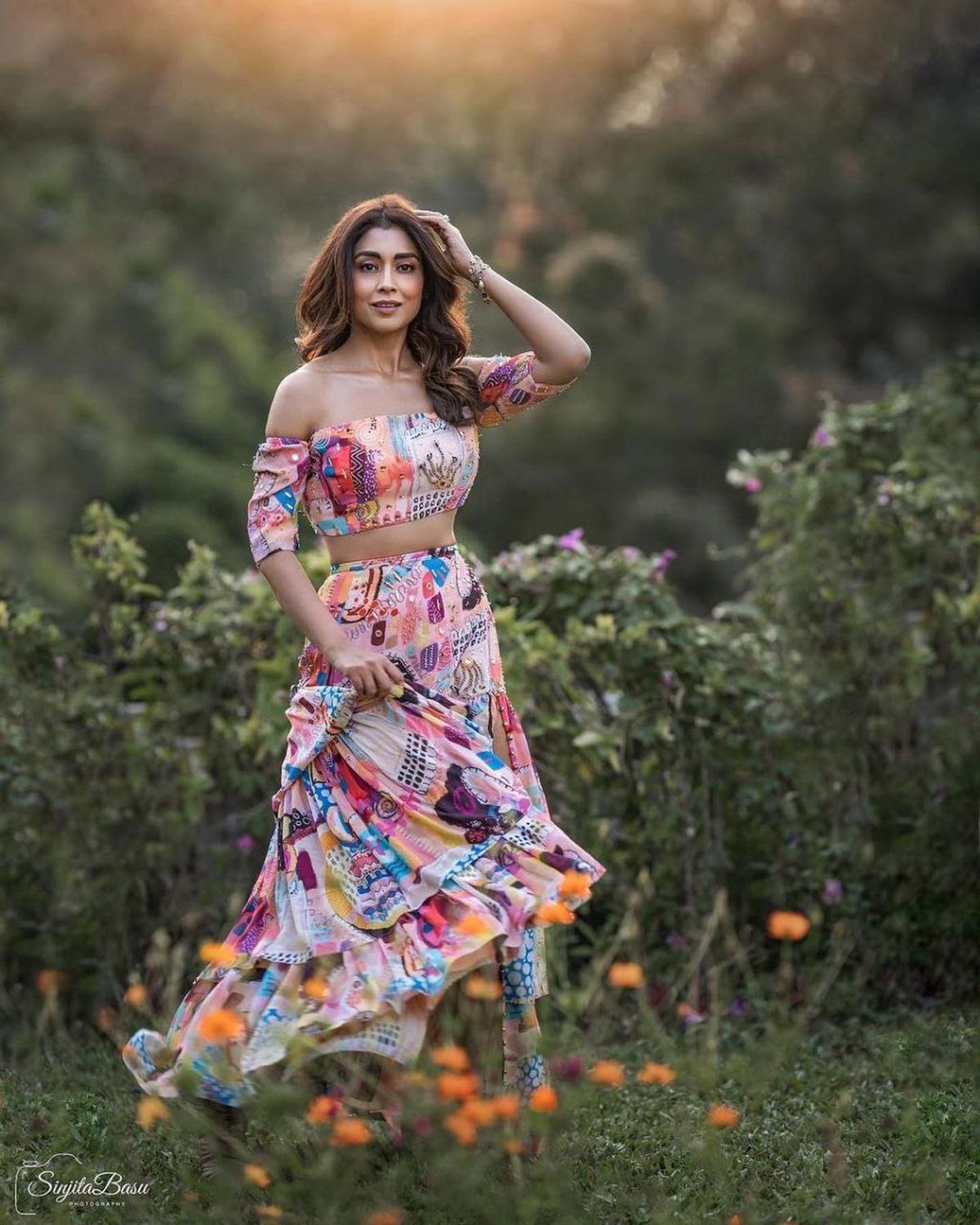
An outfit by Payal Singhal
| Photo Credit:
PRIYADARSHINI PAITANDY
What lies ahead, as she looks ahead at the next 25 years? PS Homes and PS Weddings, she admits, are cherished dreams. But more immediate, is the impending launch of a western occasion wear line, called PS — jackets, pant-suits, vests and tops in her signature embroidery.“The PS Girl is evolving. And with her, so are we,” concludes Payal.
Published – February 14, 2025 04:31 pm IST


